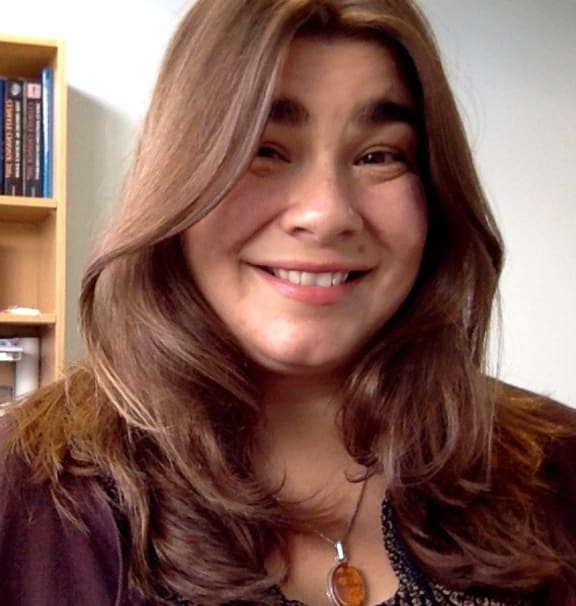Experts at NIWA and the University of Auckland are gearing up to support MethaneSAT, a satellite that will be launched into space next year to detect emissions leaking from oil and gas pipelines, agriculture, landfill and wetlands.
Follow Our Changing World on Apple Podcasts, Spotify, Stitcher, iHeartRADIO, Google Podcasts, RadioPublic or wherever you listen to your podcasts.
The recent COP27 climate summit focused on reducing carbon dioxide emissions with the aim of limiting global temperature increase to within 1.5 degrees celsius. Reaching that goal will also require a dedicated effort to reduce methane.
‘Ultimately there’s no way to have anything like a habitable world without tackling our CO2 emissions,’ says NIWA’s Dr Sara Mikaloff-Fletcher, the leader of the MethaneSAT project at the Crown research institute.

Dr. Sara Mikaloff-Fletcher, principal scientist at NIWA Photo: Supplied
‘However if you are thinking about… how you can reduce emissions quickly, there’s a strong argument to be made for including methane in that first tranche of work. Over the next 20 years, methane that we emit today is going to warm the atmosphere 85 times as much as the equivalent amount of CO2.’
Some satellites currently track methane emissions but are unable to zoom in and identify the exact source of them. MethaneSAT aims to fill that gap.
Primarily funded by the US-based nonprofit Environmental Defense Fund, which is spending over $100 million on the project, MethaneSAT also constitutes New Zealand’s first government-funded space mission, to the tune of $26 million.
While the satellite will primarily be used to pinpoint methane emissions from leaky oil and gas pipelines around the world, New Zealand’s involvement will allow a secondary focus on methane emissions from agriculture - sheep and cows here in New Zealand, but also rice paddy fields, wetlands and animal herds in the developing world.
To learn more:
- Find out more about the MethaneSAT project at the dedicated website, and on the Ministry of Business, Innovation & Employment’s website.
- Listen to Sara and others speak about Carbon Watch and greenhouse gases in Carbon Watch & 50 years of CO2 measurements in NZ

